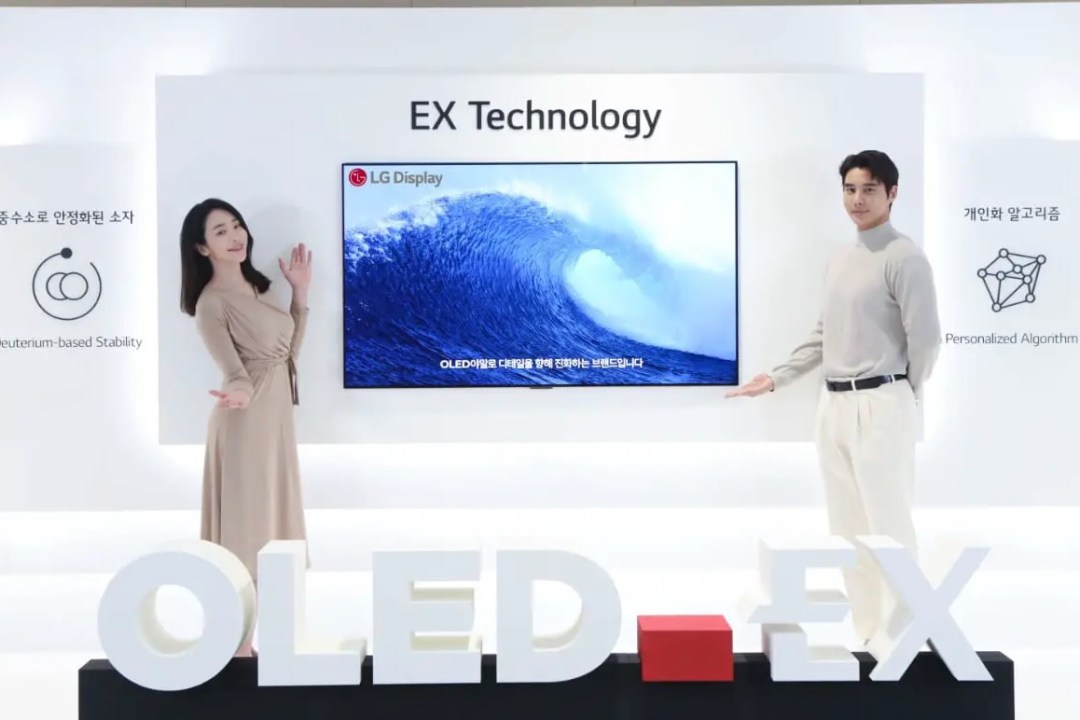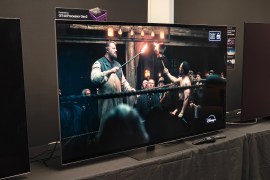What is OLED EX? The new TV and display tech explained
There's OLED, then there's OLED EX

Technology is constantly changing. Case in point: the constantly evolving face of OLED technology. Short for Organic Light-Emitting Diode, OLED screens are known for their exceptional contrast ratios, deep blacks, and expansive viewing angles. But what about OLED EX? You’ll find it on some of the best 4K TVs on sale today, and is about as cutting-edge as the tech gets right now.
OLED EX is an LG Display-developed offshoot which offers brighter, more efficient, and more stable panels than traditional OLED production. What makes OLED EX unique is its use of deuterium, an isotope of hydrogen that enhances the performance of the OLED displays. In this article, you’ll learn more about OLED EX, where you can find it, and more.
OLED EX-plained
When comparing EX to regular OLED, there are four key advantages. OLED EX delivers brighter images, has a longer lifespan, provides more stable image quality, and features a thinner bezel.
EX technology produces up to 30% brighter images while also consuming less power. This means you can enjoy a more vivid and lifelike viewing experience while also being more energy-efficient.
Using less power usually means a longer lifespan, too: deuterium’s unique stabilization properties can extend the lifetime of OLED components by a factor of five to 20, addressing a significant drawback of older OLED technology.
What is deuterium?
Deuterium, also known to science bods as “heavy hydrogen,” is a stable isotope with one proton and one neutron, making it twice as heavy as protium. It is the world’s second most abundant isotope of hydrogen – roughly 0.0156% of the earth’s oceans are made up of the stuff, according to Phys.org.
As well as making your telly shine brighter, Deuterium is also used in nuclear fusion for energy production. Its oxide, heavy water, is used to cool nuclear reactors. The medical and scientific worlds also use it as an isotope tracer, to study the movement of hydrogen in chemical reactions and biological systems.
Who makes OLED EX displays for consumers?
LG confirmed back in November 2022 that it would completely switch to OLED EX across its manufacturing centers – but that doesn’t mean every OLED TV with an LG sticker on it now uses the tech. LG Display and its partners will first exhaust their stock of existing panels, although names like Hisense, Sony, Panasonic, Philips, and Vizio are making the switch.
Rival companies like Samsung, Sony, and Alienware have gone down another path. They are using QD-OLED, a highly advanced display technology that merges the best features of OLED and Quantum Dot displays. To date, Samsung is the only manufacturer that produces QD-OLED TV panels.


